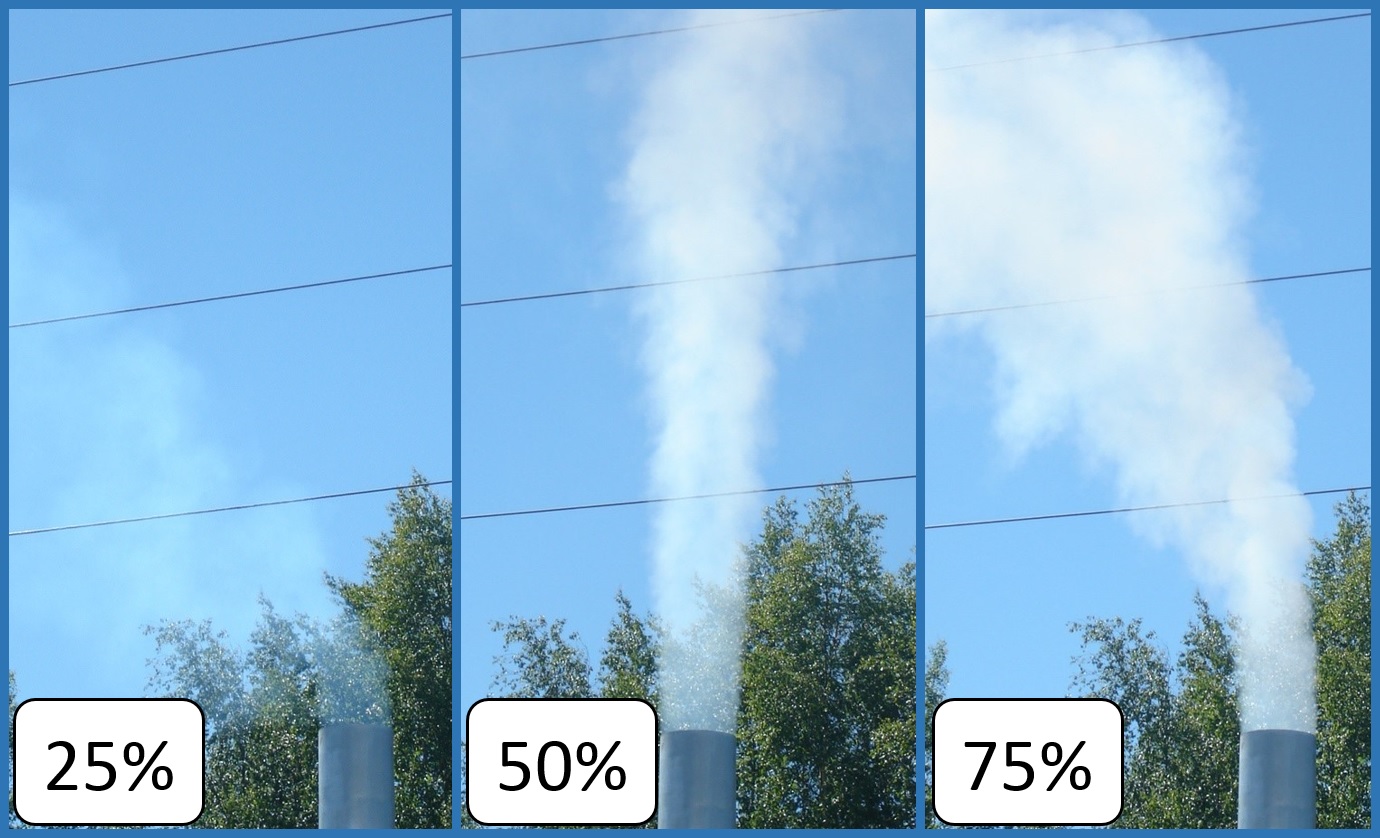Proper Wood-Burning Practices
Steps to Prepare Your Firewood for Cleaner and More Efficient Burning
Dry, seasoned firewood ignites easily and burns cleaner helping you save money while heating your home and at the same time, lessens the impact on air quality in Washoe County. To burn efficiently, wood should be split, stacked, and loosely covered for at least 6-12 months, depending on the type of wood.
Most problem with using a wood-burning device comes from burning wood that is not dry (or seasoned) enough. Wet firewood is hard to ignite, slow to burn, and creates excessive smoke. Wood smoke contains many chemicals and is harmful to our health when inhaled.
Whether you get your firewood on your property, on public lands, or from an independent firewood seller or retailer, it needs to be seasoned. Seasoned wood has been split and air-dried for at least six months (longer for hardwoods). It tends to be dark in color, cracked on the ends, lightweight, its bark is easily broken or peeled, and its ideal moisture content should be less than 20%.
Steps for well-seasoned firewood:
- Wait at least 6 months and up to 12 months for dry firewood depending on the type of wood. Hardwoods such as oak and maple dry more slowly than softwoods such as pine and spruce. To ensure dry firewood, wait at least 12 months before burning. To test, bang two pieces together - dry wood sounds hollow, wet wood sounds dull.
- Cut wood to the right length. The wood should fit easily in your wood-burning device. Make sure it is about three inches shorter than the firebox width or length.
- Split wood before stacking. Split the wood to the right width and with no more than six inches in diameter. Splitting the wood before stacking increases exposure to air, which improves the drying process.
- Stack wood in alternate directions. This improves circulation and further reduces moisture.
- Store firewood off the ground. Use pallets or build a woodshed to keep firewood six inches or more off the ground to protect the wood pile from moisture.
- Cover the top of the wood pile but leave the sides exposed. A structure with a roof is ideal, but you can also use a tarp. Remove the tarp to speed up drying in the warm summer months.
For more information, including easy-to-build woodshed designs, visit www.burndryfirewood.org or https://www.epa.gov/burnwise
Check Your Chimney Smoke While Using Your Wood-Burning Device
Per the District Board of Health Regulation Governing Air Quality Management, 040.051 – Wood-Burning Devices, Section C - Standards, subsection "Visible Emissions" prohibits excessive chimney smoke. Smoke is measured as opacity. If you can’t see any object through thick smoke, it is considered 100% opaque. The opacity limit from your chimney may not exceed greater than 20% for a period or periods aggregating more than three (3) minutes in any one-hour period.
The 25% opacity image below serves as a guide to help you determine the approximate visual opacity at 20%.

Image source: Alaska Department of Environmental Conservation https://dec.alaska.gov/air/burnwise/opacity/
After start-up, check the chimney. If you see more than heat waves, provide more air (open your damper) to the fire.
Smoky chimneys may also be caused by burning firewood that has not been adequately dried. Wood should be split, stacked, and loosely covered to dry for at least 6-12 months before use.
Manufactured logs and pellets may be burned in your wood-burning device. Burning anything other than natural firewood or manufactured logs/pellets is prohibited per District Board of Health Regulations Governing Air Quality Management, 040.051 – Wood-Burning Devices, Section C – Standards, subsection “Prohibited Fuels.”
Cleaning your chimney on a regular basis will also prevent soot build-up and reduce smoke opacity and fire hazards.
Please comply with the directions in Know the Code for using your wood-burning device during the burn code season, which starts on November 1st of each year and ends on the last day of February the following year. Proper and responsible use of wood-burning devices helps to save you money, protect your health, and maintain the good air quality in Washoe County for all to enjoy.
Last modified on 08/15/2023
Let’s Stay in Touch
Sign up for our newsletter
